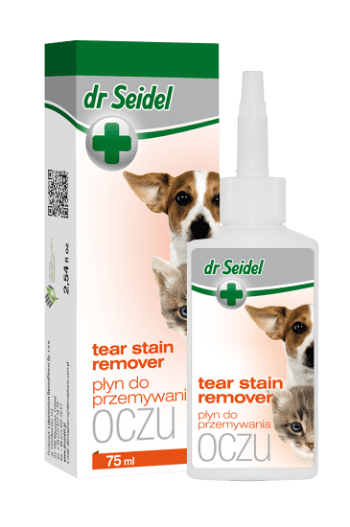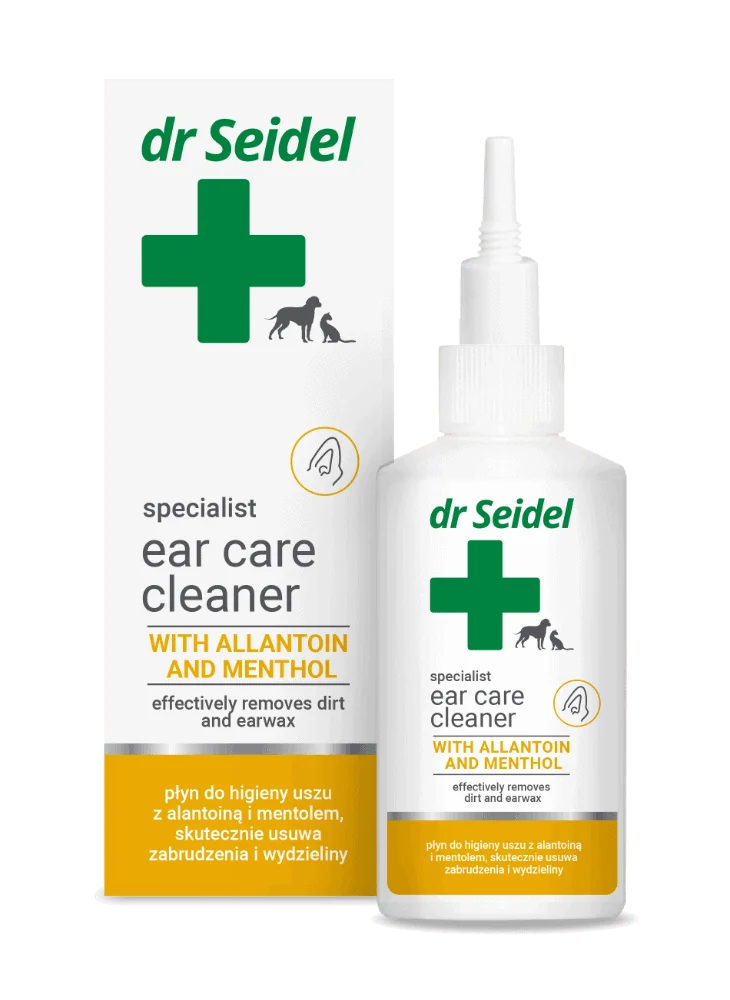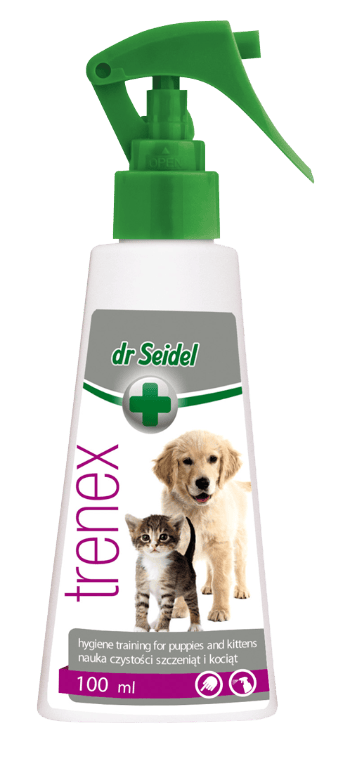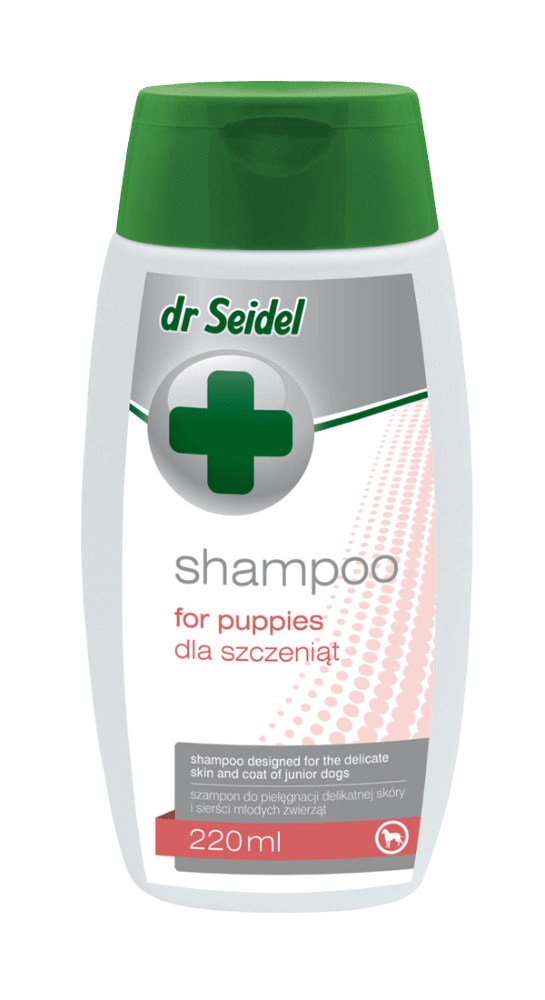Your dog or cat first veterinary visit
Your dog or cat first veterinary visit
The day when your new pet joins your house is full of excitement and joy, but with these feelings also new responsibilities appear: walks, cleaning the litter tray, feeding, caring or obedience training. Eventually, you also have to visit a veterinarian office for the first time. What can you do to make sure that your pet remembers its stay in a clinic well and gets there safely? If this is your first pet, in the case of cats and small dog breeds, it is a good idea to have a carrier to transport the pets. It will ensure the safety of the pet on the road and will be its shelter so that after the visit, full of emotions, it will be able to hide and rest on a blanket with the familiar smell and feel safe. You can also pad the carrier with a hygienic underlay to absorb animal’s urine in the case of any surprises during the journey. If you decide not to use a carrier, you have to carry your pet providing that it is a puppy that has not yet received all vaccinations.
During your first visit, the veterinarian will carefully examine the animal’s teeth, eyes, ears and will set up its medical record book which will be updated at future visits. Remember to get your young pet used to grooming treatments, such as touch around the mouth, ears or paws so that at a later age, it will let others to cut off its nails or clean ears. The owner can also perform such care treatments on its own, e.g. with Dr Seidel eye/ear liquid.
After a thorough examination of the patient, the doctor will recommend dog deworming and determine the vaccination schedule the animal should undergo in order to acquire immunity and be allowed to contact the environment. A proper vaccination should take place in the 6th, 9th and 12th week of the puppy’s life with deworming in between. Your veterinarian will record all the information in your puppy’s medical record book so that you can keep an eye on your animal’s future appointments. Until the last vaccination, your dog should relieve itself on a training mat at home. To make it easier, you can use Dr Seidel Trenex spray with a smell that attracts the pet to the training mat and develops a habit of relieving itself in a specific place.
At the first visit, you can also consult the vet on how to protect your pet against fleas and ticks. Most of the preparations available on the market can be used on pets 3-month-old and older. This perfectly coincides with the end of the vaccination schedule. Once you select appropriate protection, such as e.g. Sabunol collars, you can enjoy walks and be sure that your pet is safe.
At the first visit, you can also consult your doctor on how to feed your pet. A complete diet, tailored to the individual needs of a dog or cat, will ensure a long and healthy life. Whether your pet’s diet is appropriate can be easily checked by the condition of its coat and its vitality. If you feed your pet with a dry granular food, you take care of its teeth. At the visit, the vet may assess the condition of teeth and gums and, if plaque builds up, recommend a preparation for cleaning teeth, e.g. Dr Seidel Deo Paste. Your puppy may also have persistent deciduous teeth, which requires the intervention of a veterinarian..
A common question you ask when you visit your veterinarian is how to bath your pet. The principle is simple: you should bath the pet as needed, i.e. when it gets dirty. There is no universal bathing pattern for all pets. What products you use at the bath matters more. Shampoos for humans and or children are not suitable for pets. You need to use shampoos designed for animals because they have the right pH and ingredients that re-lubricate the skin, such as Dr Seidel Shampoo for Puppies or Dr Seidel Hypoallergenic Shampoo.
Another issue worth consulting with your vet at the first visit is reproduction, or more precisely, how to prevent uncontrolled reproduction. For the sake of health and prevention of cancer, all pets that are not intended for breeding should be castrated. A veterinarian will help you determine the right time and tell you the details of the treatment.
You should also take precautions in case your pet escapes or gets lost. At a veterinarian office, you can microchip your pet and register the chip number at the Safe Animal database. Anyone who finds your pet will be able to bring it to any veterinary office and read the owner’s data.
At the end of your first veterinarian visit, reward your pet with a delicious treat, e.g. Dr Seidel Treat for Puppies to make it feel positive about the place it will regularly visit throughout its life.
Veterinary Surgeon Monika Wieczorek-Smolarek
2 октября 2023









